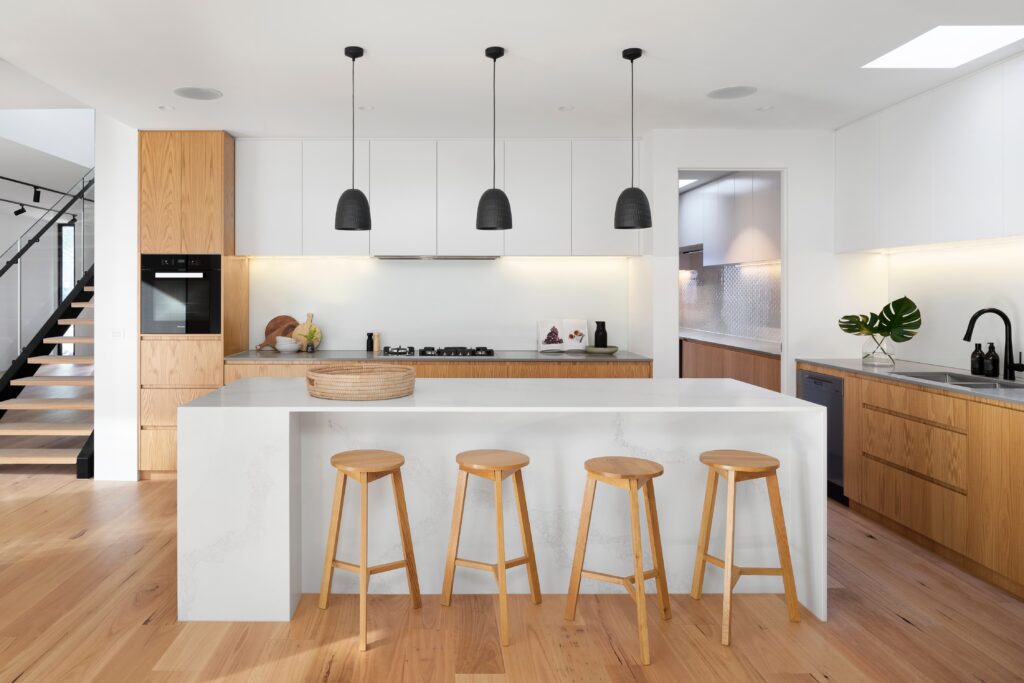Buying a house is a big financial commitment and even more when it comes to doing it abroad. Buying or selling a house in England normally takes 2-3 months, but the process can take longer if you are part of a chain of buyers or sellers.
There are several general rules to consider: First, sellers must provide an Energy Performance Certificate for the property. Secondly, if a seller uses a real estate agent, prospective buyers must place any offers through the agent. Once the offer has been accepted by the buyer, the editor of the legal contract, to transfer ownership, can make an offer that is not legally binding until the contracts are exchanged. Having said that, let’s see in particular how to buy a house in England.
Documents & Evaluate the different types of purchases
- Identity documents
- Certificate of origin
- Usability certificate
- Mortgage certificate
In England we start with a law of Crown law, all the properties of the Kingdom belong to the royal family. The latter then transfers the assignments to the private individual for the usufruct or the complete purchase of the property. There are two methods of purchase: the freehold and the leasehold. The freehold method provides for a very broad, practically infinite type of purchase, without terms or conditions and without the time and inheritance constraints. In fact, as long as there are heirs to hold this purchase title, the house will remain with the buyer or with his heirs. But the moment the genealogy was to end, the real estate would again become the rightful property of the Crown.

Choosing the "leasehold" method
However, the leasehold method contains much more restrictions, starting with the time range. In fact, if you want to buy with the leasehold, you have to agree with the seller, to establish the end, in terms of time, of the purchase. For example, it is possible to buy an apartment for the following ten years: this means that, at the end of this period, the property ceases to belong to the last owner and returns to the control of the original seller.
Choosing the “freehold” method
By studying the two types in depth, it is advisable to use the freehold method if you want to buy an independent house, while it is better to use the leasehold method if you want to buy an apartment in a condominium. In fact, the typology that provides for an outright purchase is practical for a property that would remain with the buyer in its entirety. Given these premises, I will present you in the next section, some golden rules to follow if you want to buy a property in the United Kingdom.

Contact agencies for citizens of the European Union
First of all, it will be good practice to avoid the most expensive areas (especially the center), as it is a risky and complex market, as well as a type of investment which, in almost all cases, requires a large budget, therefore certainly not within the reach of all budgets. A good idea could be to look for a house in one of the many districts that have been created under the aegis of the recent redevelopment project of the urban suburbs and the enhancement of public transport. Also, always remember to rely on one of the most famous real estate agencies. Among these, only those wholly specialized in buying and selling by citizens from the European Union and foreigners are to be preferred. This kind of applies also if you have recently moved to the UK but haven’t been in the country for long.
Never forget:
- If it is possible, get help from someone who has already bought a house in England, perhaps a friend or acquaintance who will be able to advise you in the best possible way

How to make an offer to buy a house
Finding a home isn’t always easy; in fact, once you have identified the one that corresponds to your needs and that has a satisfactory balance , it is important to make the purchase proposal to the owner or to the agency appointed by the latter. In practice, it is a question of carrying out accurate checks, in order to avoid finding ourselves with a property burdened by mortgages or third-party rights that we will hardly be able to eliminate in the immediate future. Having said that, in the following steps of this guide we will explain how to proceed with the purchase of a house.
Necessary
- Purchase proposal form
- Mortgage estimate
Check for mortgages
Once we have gone to a real estate agency to find out how to pay for the property we have viewed, let us also make sure that the proposal form contains the data of the real estate agent himself and his registration. We also obtain a copy of the deed of purchase of the property held by the seller (they must provide it to you by law), in addition to the cadastral card which must correspond faithfully to the state of affairs. We also verify the possible existence of mortgages in progress on the property, if so then we ask the seller to extinguish them.
Register the purchase proposal
In addition to the aforementioned property data, we also ask the seller for documentation relating to any building amnesties used, and if the usability and energy certificate is present. At this point, we can set up the sale proposal which, for safety reasons and above all for proof, must be drawn up in writing and subsequently transcribed at the Real Estate Registry. By registering the purchase proposal, the deed is advertised, among other things, enabling third parties to become aware of it and assert their rights. In this regard, one piece of advice for anyone preparing to carry out this operation is to never make a verbal proposal, let alone deliver a deposit without having a regular receipt issued and perhaps countersigned by some witnesses.

Deliver the loan estimate to the notary
In the event that we want to access a mortgage, it is advisable to contact a bank by choosing a loan suitable for our budget and possibly at a fixed rate rather than a variable one. Once we know the methods of disbursement of the loan, we have the same bank draw up a sort of estimate which we then deliver to the notary at the time of the compromise. In this regard, it is important for the notary himself to affix the clause with the following wording “valid proposal subject to mortgage acceptance”. In this way, if the bank does not believe it can make the requested sum of money available, we do not incur penalties by having to cancel the proposal. However, if the loan is regularly granted as agreed, then it is sufficient to fill in and sign the appropriate application form.
Never forget:
- We always check that all condominium expenses have been paid. We ask the seller to pay the outstanding payments if any

